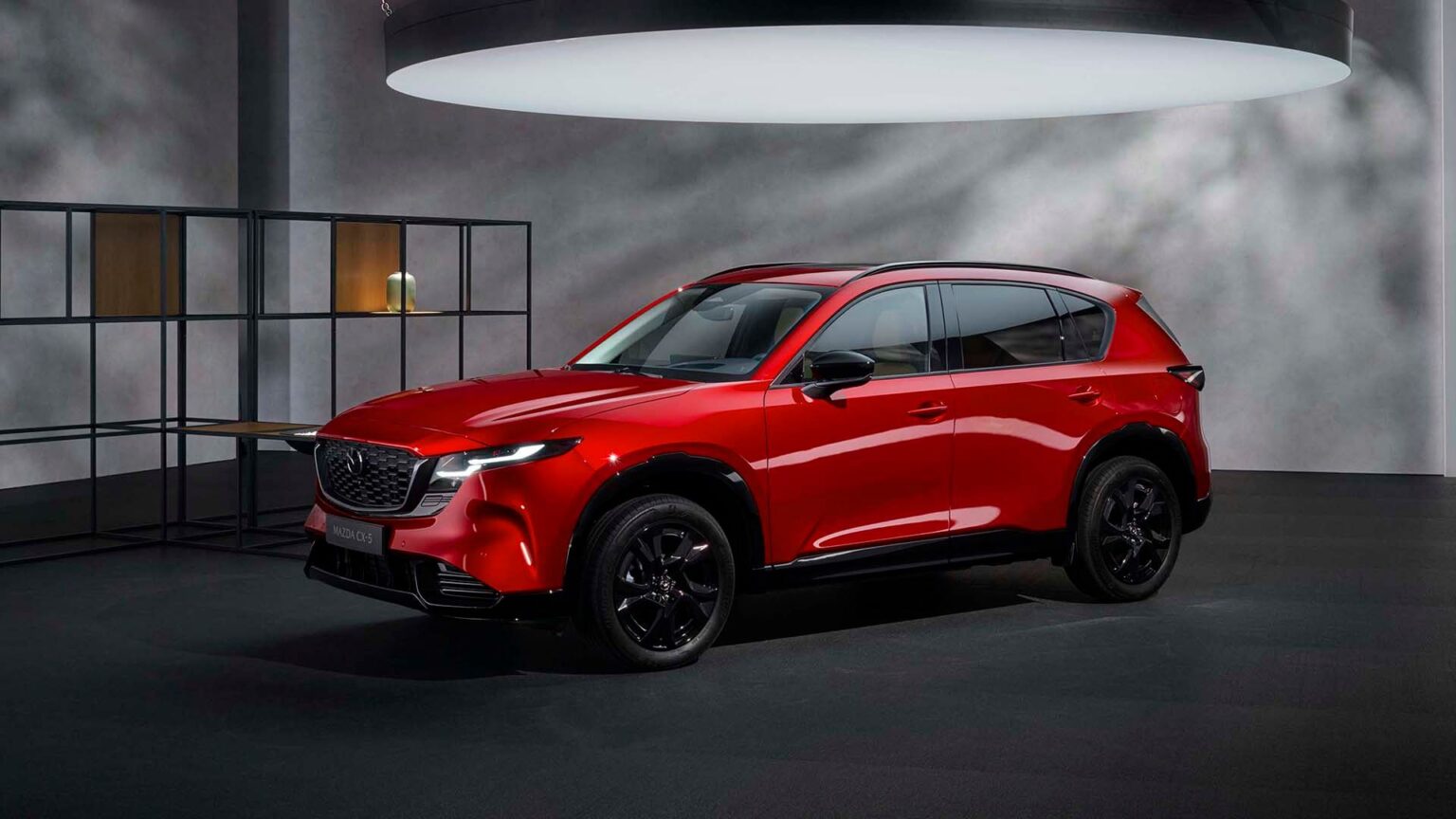just outlined a 2027 strategy that challenges everything the auto industry believes about electrification timing. While competitors rush toward full electric lineups, the Japanese automaker is betting big on an in-house hybrid system and revolutionary engine technology that could rewrite the efficiency playbook. The company’s most ambitious moves include a hybrid version of America’s favorite compact SUV and a rotary-powered sports car that brings back memories of .
Rather than follow the industry’s all-electric stampede, Mazda plans to debut its first homegrown hybrid system in the redesigned CX-5 for 2027. This represents a major shift from their current approach, which borrows for the CX-50. The new system will be powered by Mazda’s breakthrough Skyactiv-Z engine, a 2.5-liter four-cylinder that promises to achieve “lambda 1” combustion – essentially perfect air-fuel balance across the entire rpm range.
Revolutionary Engine Tech Meets Market Reality
The Skyactiv-Z represents years of research into what Mazda calls the “ideal internal combustion engine.” According to company presentations, this new powerplant will deliver superior thermal efficiency compared to current Skyactiv-G and Skyactiv-X engines while meeting strict Euro 7 and LEV IV emissions standards. The technology focuses on seven critical factors including compression ratio, combustion timing, and heat transfer to maximize both performance and efficiency.
Mazda’s hybrid timing reflects careful market analysis during uncertain times. The company previously revised its 2025 US sales target to 450,000 units while monitoring potential tariff impacts on imported vehicles. With only 19% of its U.S.-bound vehicles currently manufactured domestically, Mazda faces greater tariff exposure than most competitors. The CX-5 remains built exclusively in Japan, making the hybrid version’s success crucial for maintaining competitive pricing.
Sports Car Dreams and Strategic Patience
Beyond practical SUVs, Mazda’s 2027 plans include something truly special for enthusiasts. The production version of the stunning Iconic SP concept will arrive as a spiritual successor to the RX-7, featuring a rotary engine serving as a range extender for a hybrid powertrain. This larger sports car will complement rather than replace the next-generation , giving Mazda two distinct performance offerings for the first time in decades.
The rotary revival demonstrates Mazda’s commitment to differentiation in an increasingly homogenized market. While the proved underwhelming, the new sports car will use a more powerful dual-rotor configuration capable of generating around 365 horsepower total system output. Japanese reports suggest the production model could debut as early as 2026, though 2028 seems more realistic given development timelines.
Read the full article here


